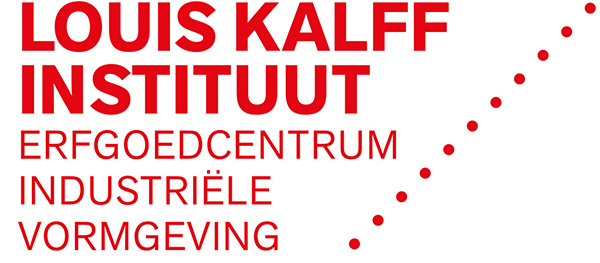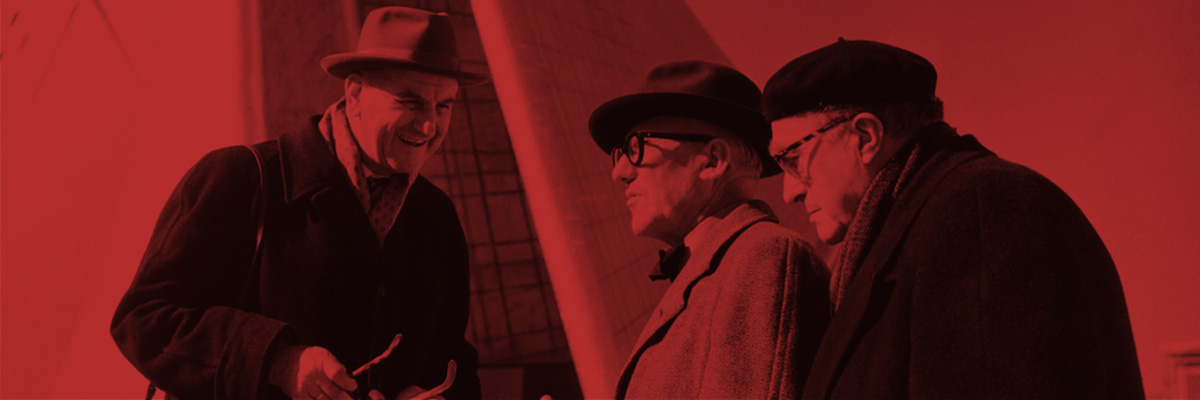Benno Premsela (1920-1997), interior architect, designer, advisor, manager, collector. Premsela grew up in an open-minded environment and a pleasant family. His father was a general practitioner and one of the first sexologists. From 1937 to 1941, he was taught by Alexander Bodon at the interior art department of the New Art School in Amsterdam. During the Second World War, he went into hiding and made leather bags. His parents and sister did not survive the German concentration camps. He has been shaped by the realisation that he was an unwanted minority, both as a Jew and as a homosexual. He stood up for minorities: as the chairman of the COC, and in public life for dancers, applied artists and designers. However, having survived the war had also given him a sense of invulnerability.
From 1949 to 1951, Premsela worked at the furniture department of the Bijenkorf where he cooperated with Martin Visser. They exhibited the most modern furniture, together with work of the Cobra group artists on the walls. Premsela then resided in Italy for some time, where he worked with fabric designer Eva Kann and others. Back in the Netherlands he was asked to design the showrooms of Pastoe and to do the photography styling in their catalogues. In 1953, the Bijenkorf asked him to design the shop windows. Together with Anni Apol he realised a series of remarkable displays that not merely exhibited the products but also visualised an idea or an atmosphere, in which artists were involved as well. During the 1950s, he designed several products for ‘t Spectrum in addition to home interiors. In 1956, he started to collaborate with interior architect Jan Vonk.
Between 1967 and 1970, Premsela gave direction to the new policy of carpet manufacturer Van Besouw, for which he designed the well-known cotton carpet and formed a team of designers. The same happened for Vescom, a wall covering manufacturer. A design studio was added to Premsela/Vonk for this purpose. In addition to product development for manufacturers, including Gerns + Gahler, the agency was responsible for the interior of the ABN AMRO banks. Six years later, Premsela/Vonk merged with graphic design agency BRS.
Premsela also designed theatre and ballet decors and exhibition layouts. In addition to the cotton carpet, the Lotek lamp (1982) also became a notable success. He received the Sikkens prize in 1985.
Premsela was an eminent figure in the Dutch cultural scene, who was a member of numerous committees and foundations, including the Raad voor de Kunst (‘Arts Council’). Everyone valued his critical and outspoken views and he represented the interests of the applied artists and designers. The emancipation of, and the recognition for these professions, including fashion, and their funding is owed to his commitment. Premsela did not write much, but he has given many interviews.
The Dutch version of this biography is taken from the book Visies op vormgeving, het Nederlandse ontwerpen in teksten deel 2: 1940-2000 (2008) by Frederike Huygen. The following sources have been used for this biography:
– Garrel, B. van, et al. ‘Benno Premsela, een vlucht naar voren’, Utrecht (Centraal Museum) 1996.
– Beenker, E. ‘Award 85: Benno Premsela’, Sassenheim (Stichting Sikkensprijs) 1985, also printed in: Garrel, B. van et al., Utrecht 1996.
– Beenker, E., Broeksma, F. et al. ‘Een relatie met ruimte. Friso Broeksma en Benno Premsela’, Amsterdam 2008.

